The patronage of the Farnese family and its extraordinary assertion in the European political and cultural makeup from the 16th to the 18th century through the use of the arts as a means of legitimation are the focus of the exhibition I Farnese. Architecture, Art, Power, scheduled in Parma at the Complesso Monumentale della Pilotta from March 18 to July 31. The exhibition, curated by Simone Verde, is organized by the Complesso Monumentale della Pilotta in collaboration with the University of Parma, Museo e Real Bosco di Capodimonte, Museo Archeologico Nazionale di Napoli, Archivio di Stato di Parma, Ordine degli Architetti PPC di Parma, Fondazione Cariparma, Fondazione Arturo Toscanini, with the support of the Comune di Parma and in partnership with Electa.
The exhibition is sponsored by the Ministry of Culture and is included in the projects of Parma Capital of Culture 2020+21. The scientific project presents a double novelty, that of treating the themes of Renaissance collecting with the tools of Global History, and of including in the family’s patronage the great architectural factories. The exhibition will involve the most spectacular rooms of the Monumental Complex and will be part of the Institute’s broader revitalization project, which will inaugurate the entirety of its restored and refurbished spaces in 2022.
The exhibition will present more than 300 works from public and private, Italian and European collections along with works from the Farnese Collection in Parma. Some exceptional loans are worth mentioning, confirming the Farnese family’s relationships and interest in culture and objects from distant and unknown lands: two Coronelli globes from the Biblioteca Nazionale Marciana in Venice and, for the first time in Italy from the Musée des Amériques-Auch, the Mass of St. Gregory performed in Mexico by the Indians to thank Paul III for the bull Sublimis Deus, which recognized the humanity of Native Americans and condemned their exploitation.
Among the loans, a nucleus of about 200 architectural drawings (from the Cabinet of Drawings and Prints of the Uffizi Gallery, the State Graphic Collections of Munich, the State Archives of Parma, Piacenza, Naples, Rome and Modena, the National Library of Naples, the Reverenda Fabbrica di San Pietro and the Complesso Monumentale della Pilotta itself)will present, together with models, graphic elaborations and films, the overall picture of Farnese architecture from a historical, urban and territorial point of view, highlighting the relationship between this discipline and the dynastic achievement in terms of prestige, expansion and visionary patronage.
And so: 20 paintings, masterpieces from the Capodimonte Museum and Real Bosco in Naples, including works by Raphael, Titian Vecellio, El Greco and Annibale Carracci, will be displayed in dialogue with works from the Complex to evoke the Farnese gallery, where the 100 most significant paintings from the family collection were kept. Finally, more than 80 objects from the Cabinet of Rare Things of the Capodimonte Museum and Real Bosco including the Farnese Cassetta, together with the Farnese Cup from the National Archaeological Museum in Naples, coins and medals from the Monumental Complex of the Pilotta and pieces from the Gonzaga Collection of Guastalla that were brought into the Farnese collection, will allow for the reconstruction of a Renaissance chamber of wonders. The result is a body of museum and archival materials, which flows into an exhibition on the theme of Renaissance collecting and the Farnese Collection.
The exhibition itinerary, developed on different thematic nuclei, namely Architecture, Art, Power, will be articulated in the different spaces of the Pilotta Complex: the Voltoni del Guazzatoio, the Teatro Farnese, the Petitot Gallery of the Palatina Library and the National Gallery. Accompanying the initiative will be a series of publications that will delve into the global history of Farnese collecting, with contributions from the world’s leading scholars on the subject, and the complex vicissitudes of artistic and architectural patronage.
Further enriching the exhibition’s exhibition itinerary is the Settimane Farnesiane musical and artistic project carried out in collaboration with La Toscanini, which will include, in addition to the programming of several concerts in the Teatro Farnese, the staging of a section on musical culture in the Farnese era. In a specially dedicated space a number of manuscripts, printed librettos and pages of music in printed editions of the period will be on display, and a multimedia installation will be set up in which Enrico Onofri, principal conductor of La Toscanini, will illustrate the relationship between the Farnese Family and music, with musical examples on violin and continuo (lute).
All info at www.complessopilotta.it +39 0521 220400. Below are some images of the works on display.
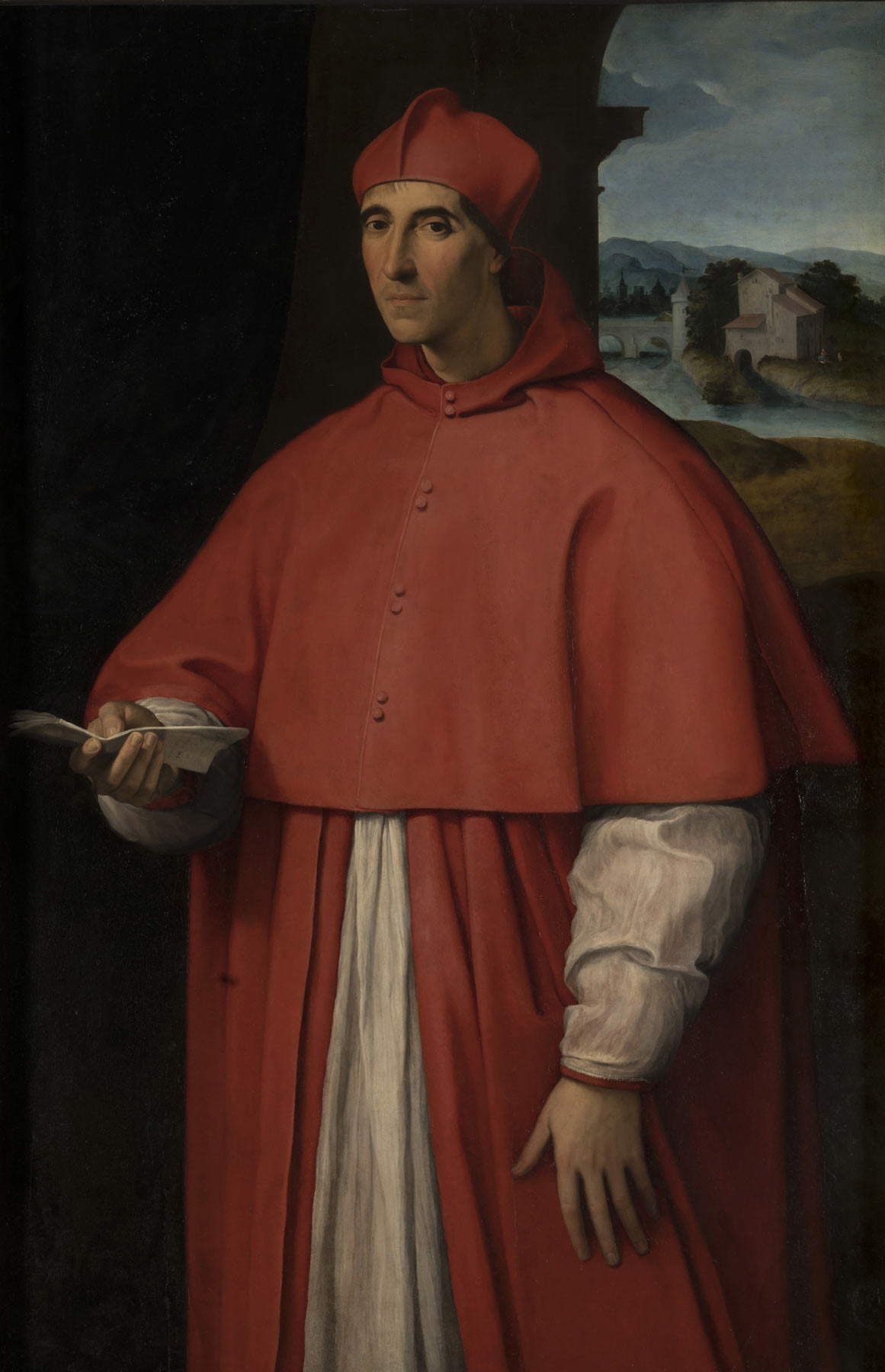
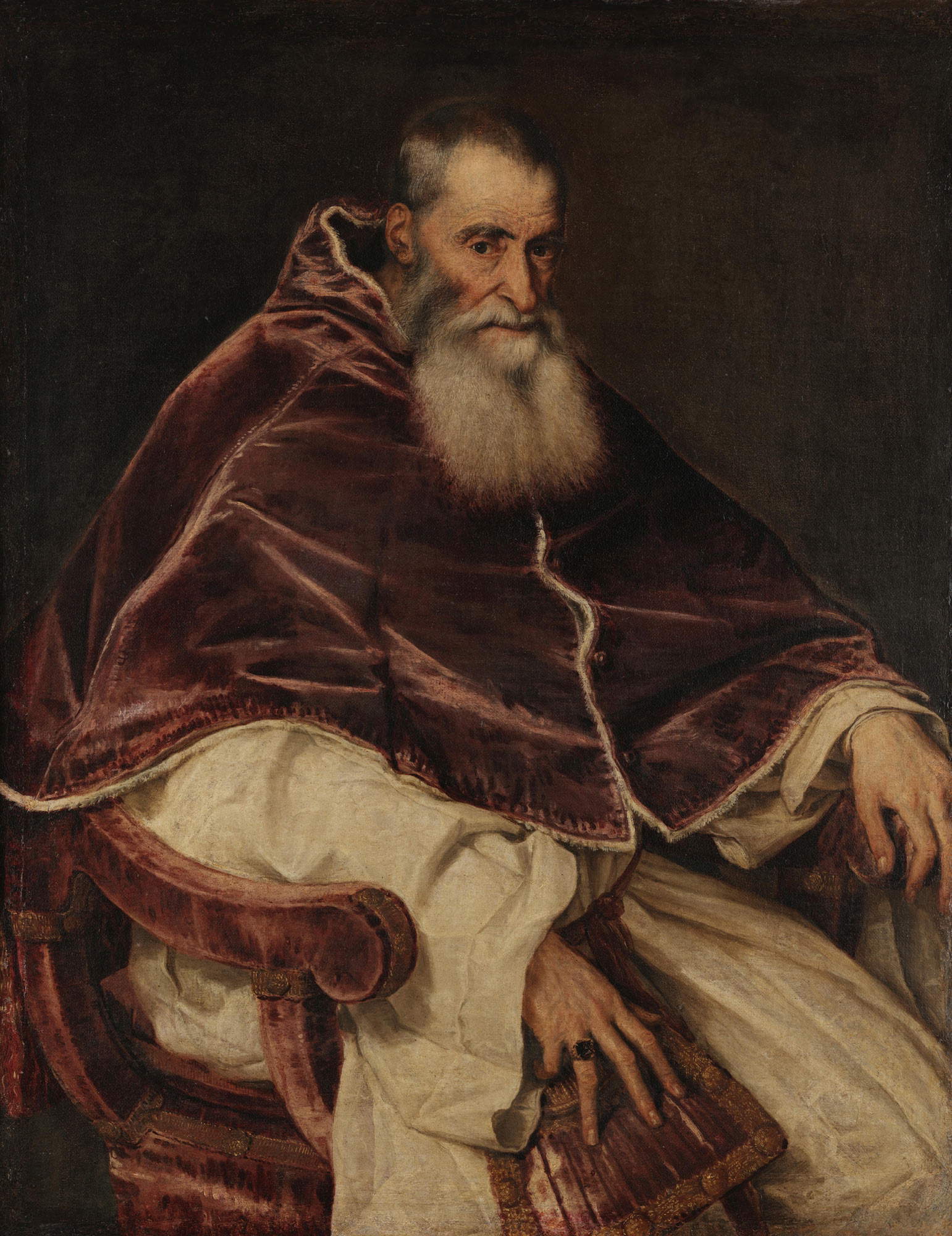
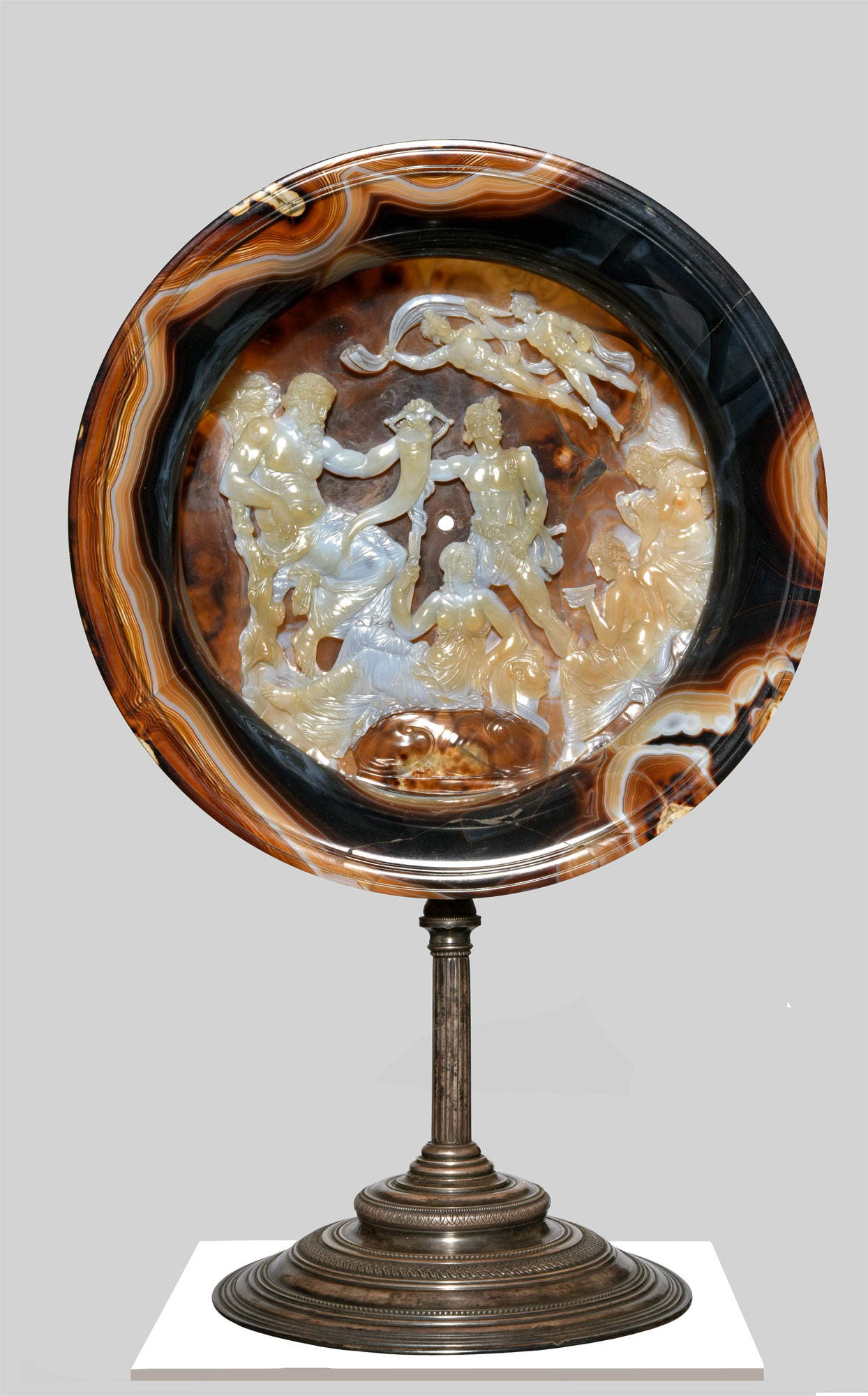
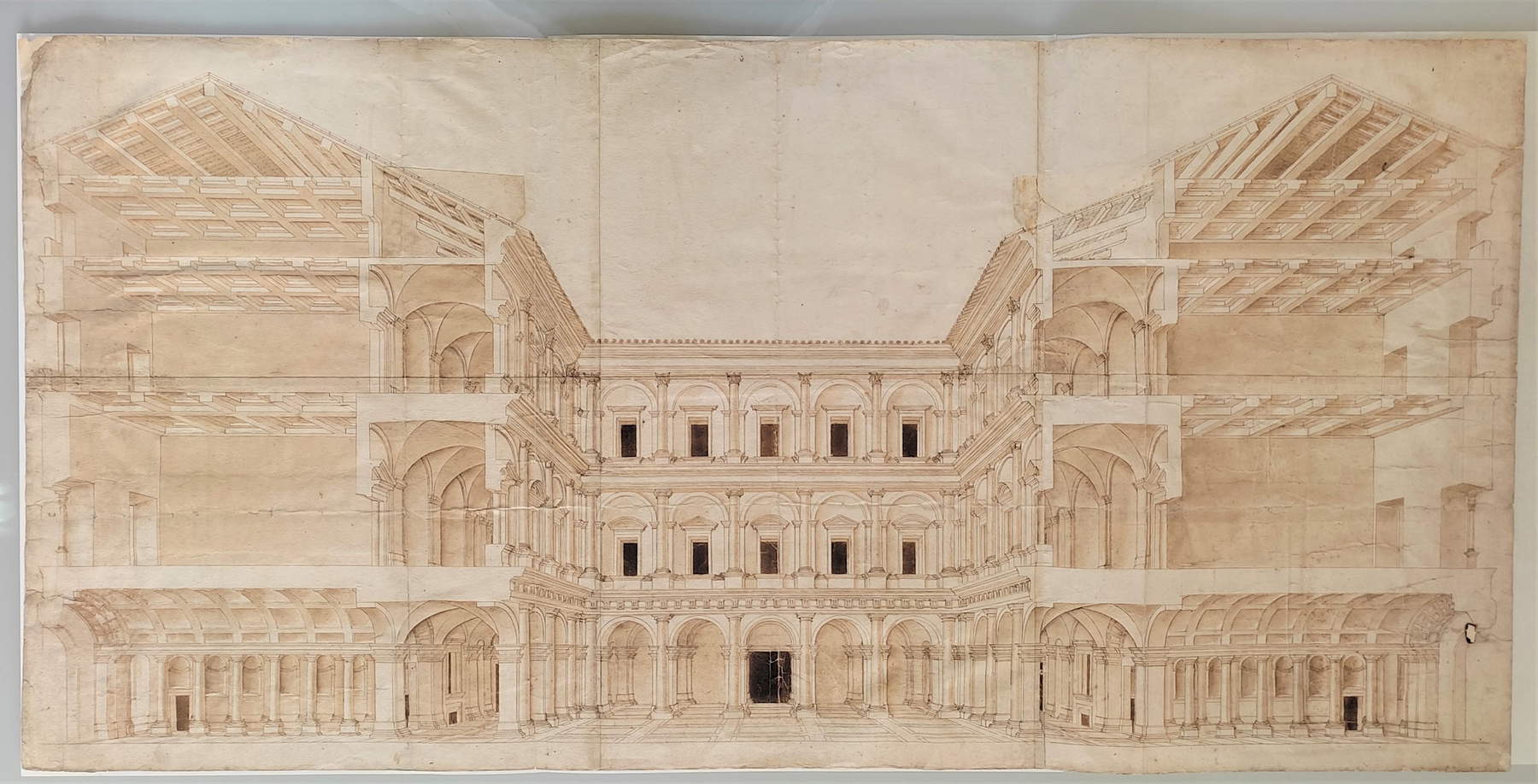

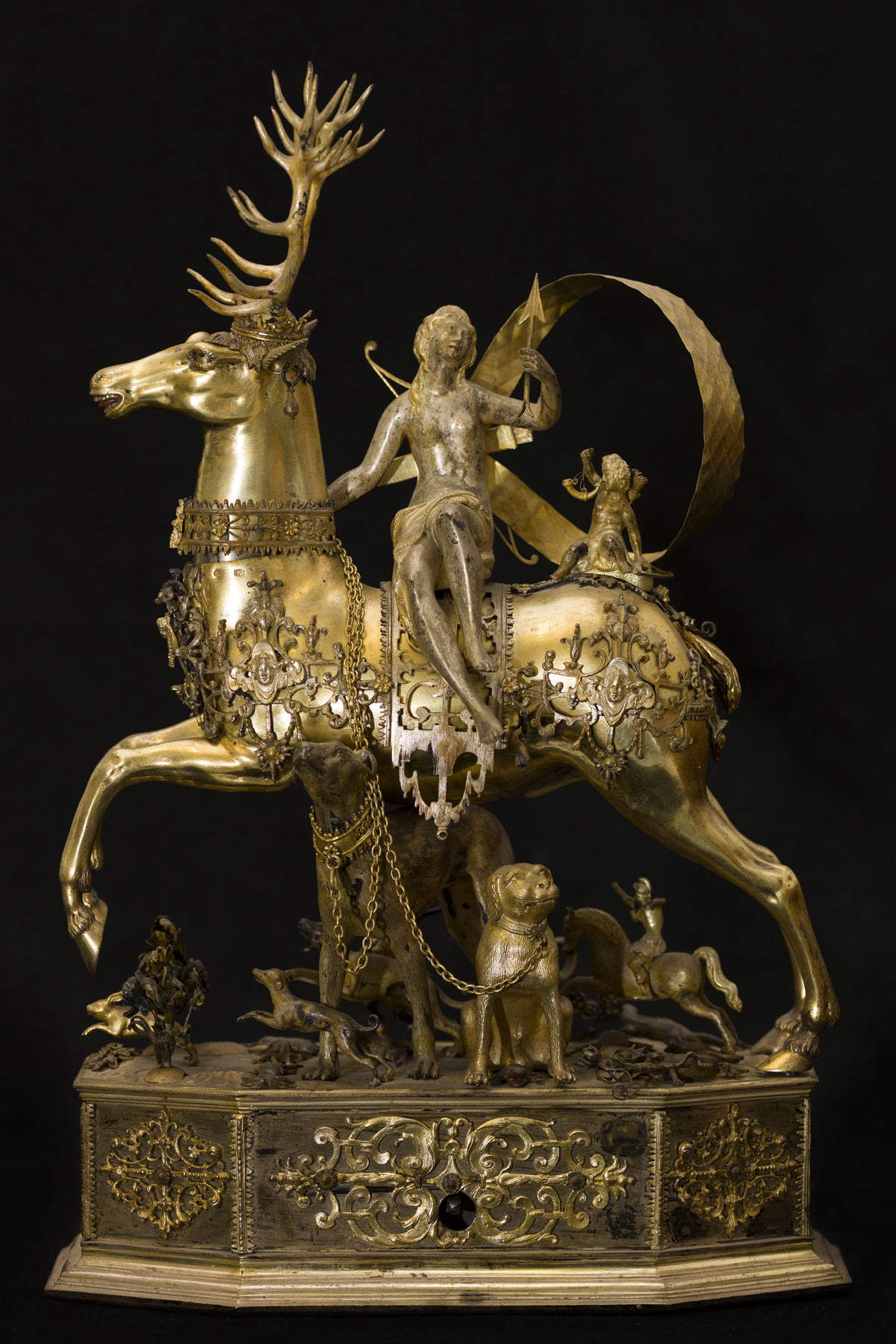


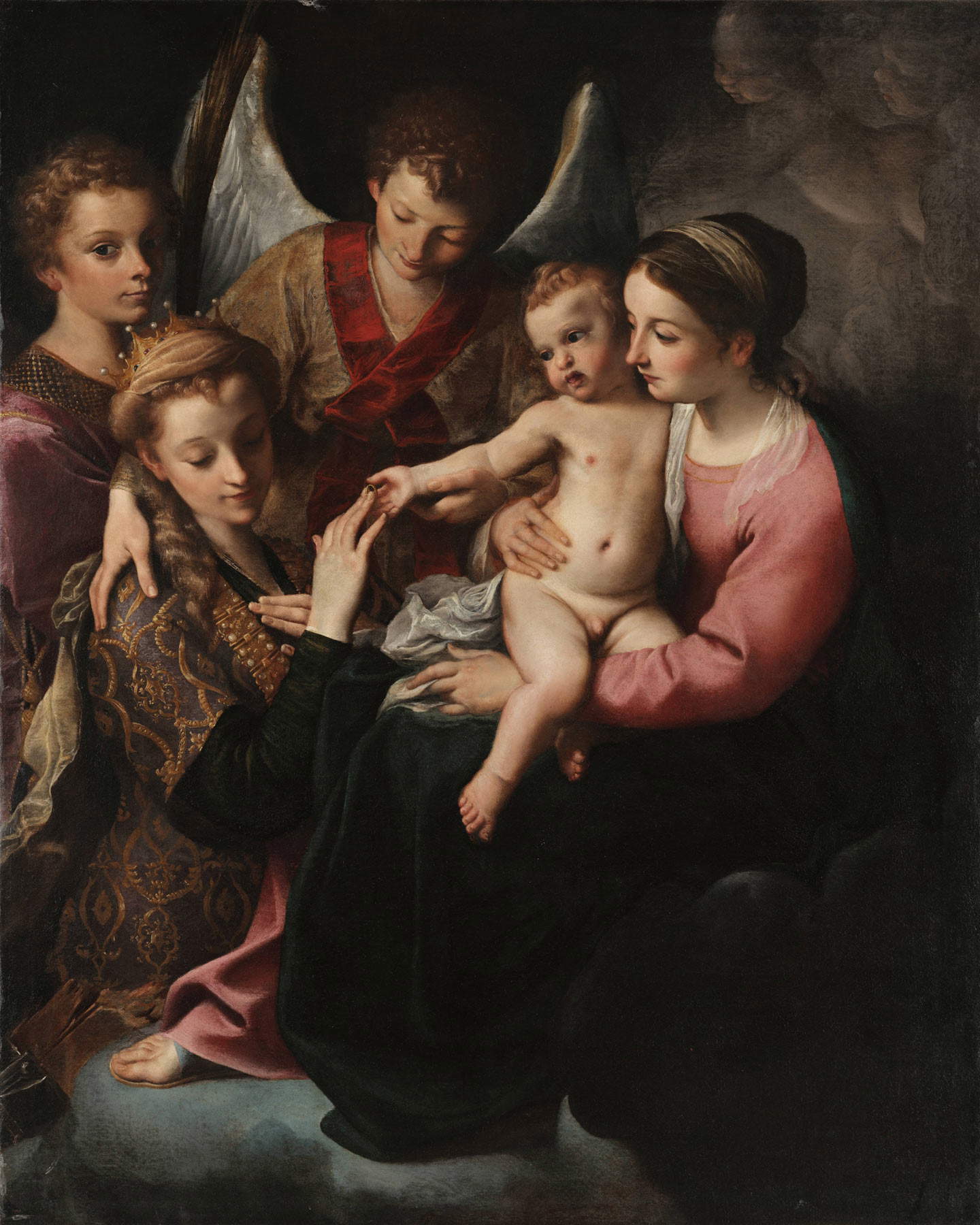
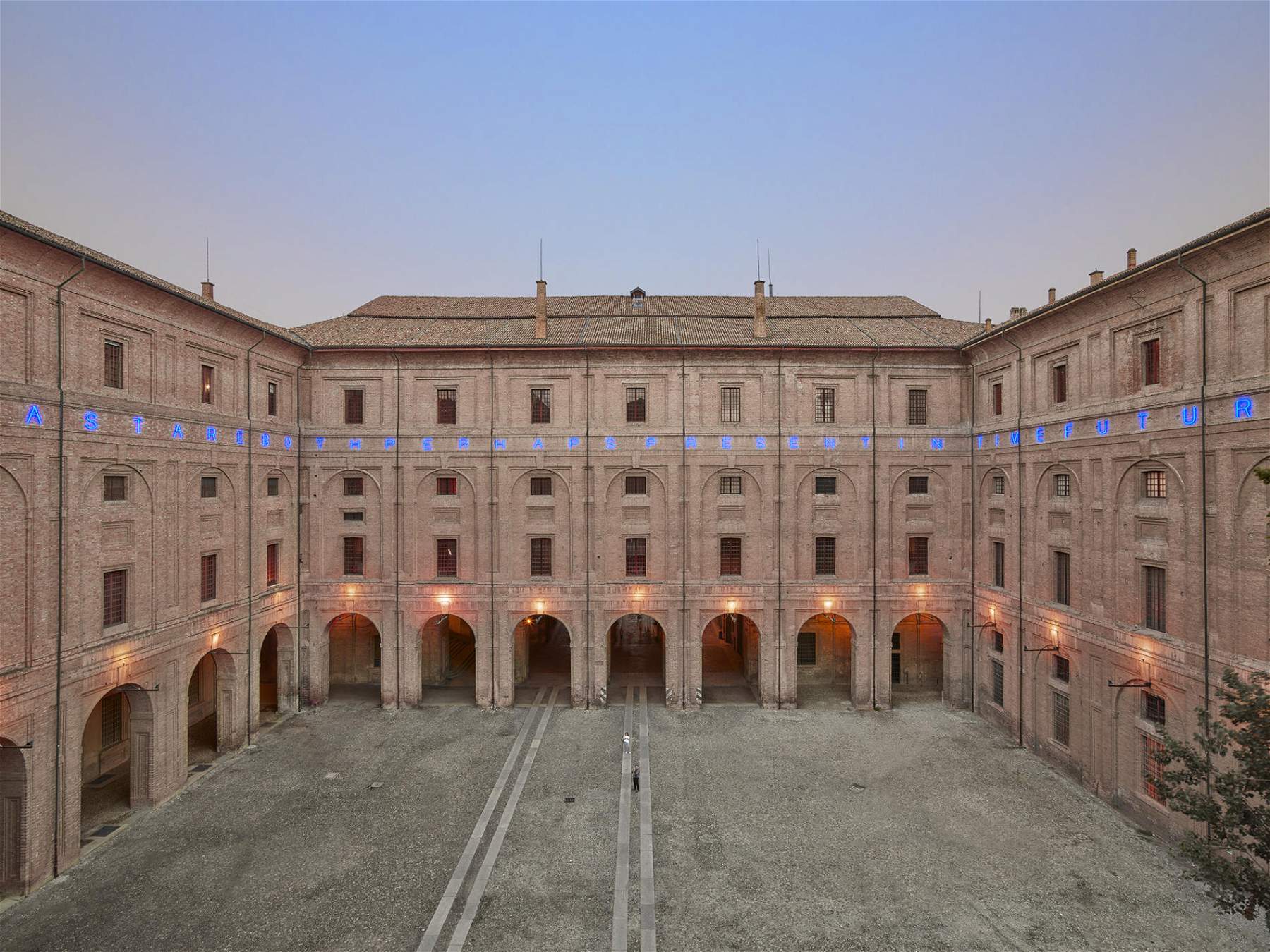 |
| Parma, a major exhibition on the Farnese family at the Pilotta with three hundred works |
Warning: the translation into English of the original Italian article was created using automatic tools. We undertake to review all articles, but we do not guarantee the total absence of inaccuracies in the translation due to the program. You can find the original by clicking on the ITA button. If you find any mistake,please contact us.